HDD vs SSD Data Recovery: Architecture, Process, and Limitations
In the ever-evolving world of digital storage, hard disk drives (HDDs) and solid-state drives (SSDs) stand as the two dominant technologies. While both serve the same purpose—storing digital information—their internal architectures and mechanisms are entirely different. These differences significantly impact the way data is recovered when things go wrong.
In this blog, we’ll explore the architecture of HDDs and SSDs, and highlight the unique challenges and limitations of data recovery from each.
Understanding HDD Architecture
Hard Disk Drives (HDDs) have been around for decades and remain widely used due to their cost-effectiveness and high storage capacity.
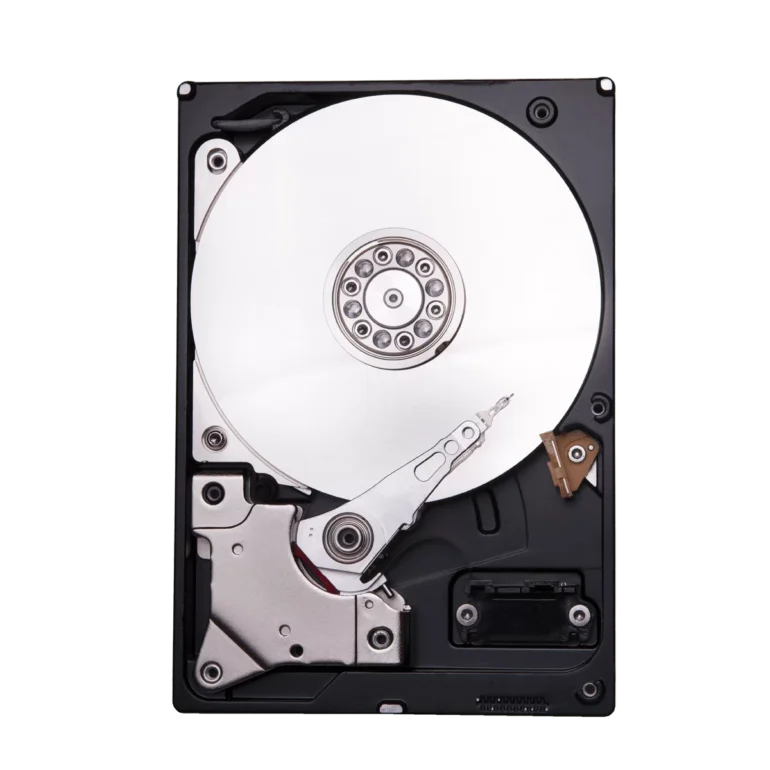
-
Mechanical Design: HDDs consist of spinning platters coated with magnetic material. A read/write head mounted on an actuator arm accesses data while the platters spin at thousands of revolutions per minute (RPM).
-
Controller Board: Manages read/write commands, error correction, and communication with the computer.
-
Firmware: Embedded code that ensures proper functioning of the drive.
How Data Is Stored: Data is written magnetically on circular tracks on the platters. Because of the magnetic nature, even deleted data often leaves traces that can be recovered until overwritten.
Understanding SSD Architecture
Solid-State Drives (SSDs) are newer and faster than HDDs, offering performance benefits but introducing complexity in data recovery.
-
Flash Memory Chips: Instead of platters, SSDs use NAND flash chips to store data electronically.
-
Controller: Acts as the brain of the SSD, handling wear leveling,

-
garbage collection, and error correction.
-
Firmware: Manages how data is distributed across flash cells to optimize performance and longevity.
-
No Moving Parts: Unlike HDDs, SSDs are entirely electronic, making them more durable.
How Data Is Stored: Data is written into flash memory cells. However, due to wear leveling and TRIM commands, deleted data may be instantly erased, leaving fewer recoverable traces.
Data Recovery from HDDs
Recovering data from HDDs is a well-established process, thanks to decades of research and consistent technology design.
Methods of Recovery:
-
Logical Recovery: Retrieving deleted or corrupted files using forensic software.
-
Physical Recovery: Repairing damaged components (e.g., swapping read/write heads or platters) inside a cleanroom environment.
-
Firmware Repair: Reprogramming or repairing corrupted firmware to regain access to data.
Strengths:
Limitations:
-
Mechanical failure (e.g., motor crash, head crash) may cause permanent data loss.
-
Recovery requires specialized cleanroom labs for severe physical damage.
Recovery from SSDs
SSDs offer speed and resilience but present unique obstacles when it comes to data recovery.
Methods of Recovery:
-
Chip-off Recovery: Extracting NAND flash chips and reading data directly.
-
Firmware Reconstruction: Accessing and rebuilding corrupted controller or firmware data.
-
Forensic Imaging: Specialized tools attempt to reconstruct data structures bypassing damaged firmware.
Strengths:
-
No moving parts, so SSDs are less prone to physical damage.
-
Resistant to head crashes or platter damage that plague HDDs.
Limitations:
-
TRIM Command: When files are deleted, TRIM permanently erases them, leaving little chance of recovery.
-
Wear Leveling: Data is spread across multiple chips, complicating recovery.
-
Encryption: Many SSDs use built-in hardware encryption, making recovery nearly impossible without keys.
-
Controller Dependency: A failed controller can make the entire SSD unreadable.
HDD vs SSD: Key Differences in Data Recovery
| Factor |
HDD Data Recovery |
SSD Data Recovery |
| Technology |
Magnetic platters |
NAND flash memory |
| Moving Parts |
Yes (spindles, heads, motor) |
No |
| Deleted Data |
Often recoverable until overwritten |
Usually unrecoverable due to TRIM |
| Failure Types |
Mechanical, logical, firmware |
Controller failure, NAND degradation |
| Recovery Methods |
Logical, physical (cleanroom), firmware repair |
Chip-off, firmware rebuild, advanced imaging |
| Ease of Recovery |
Mature, well-documented processes |
Complex, depends on model/controller |
| Success Rate |
Generally higher |
Lower, especially with TRIM-enabled drives |
Conclusion
When it comes to data recovery, HDDs and SSDs differ drastically because of their architectures. HDDs allow more chances of retrieving deleted or damaged data, though they suffer from mechanical fragility. SSDs, while faster and more durable, bring challenges such as TRIM, encryption, and controller dependency, making recovery far more complex.
For critical data loss, whether on HDD or SSD, it’s always best to consult a professional data recovery or digital forensic service. Attempting DIY fixes can worsen the damage, especially in SSDs, where advanced tools and expertise are essential.


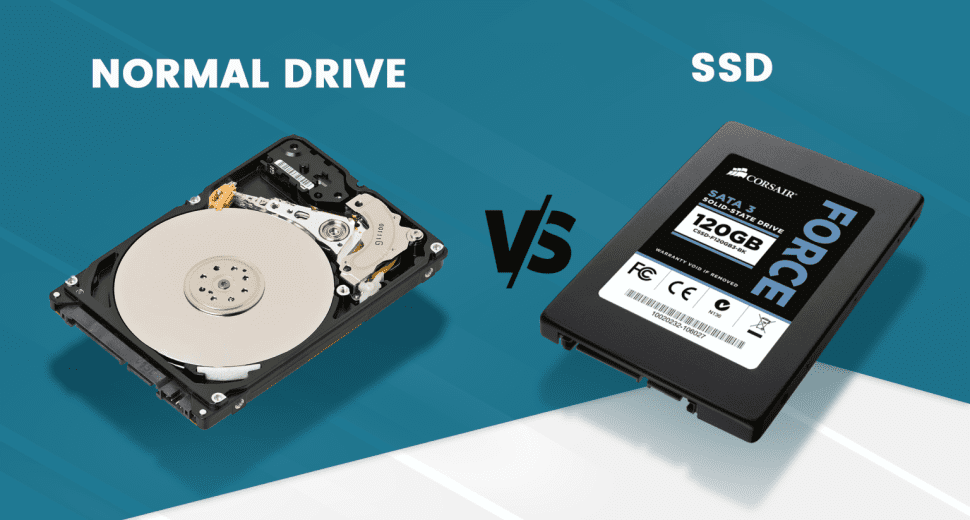

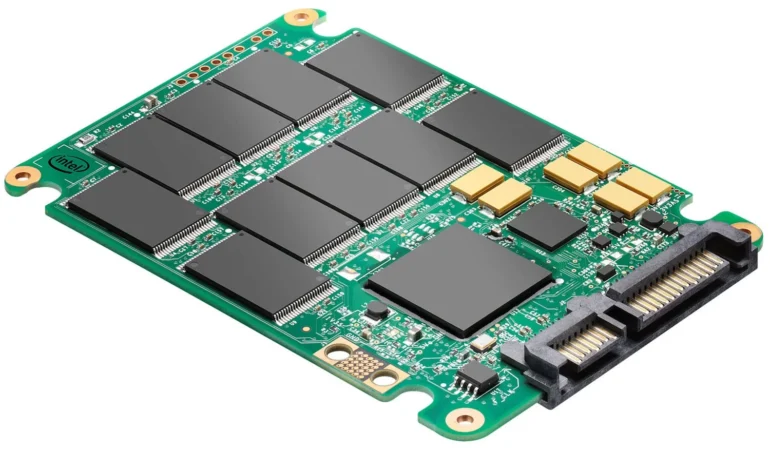
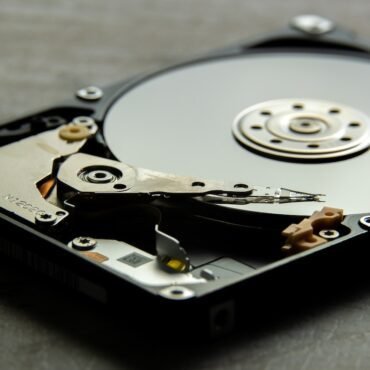
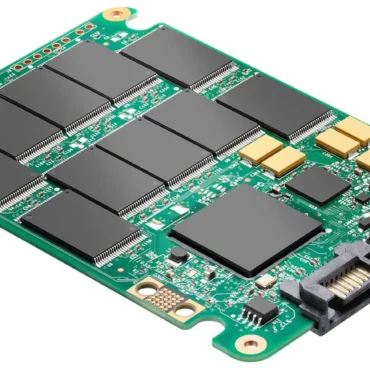
Post comments (0)